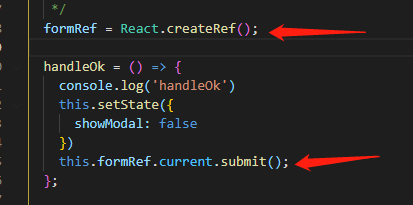From the SQLAlchemy ORM Tutorial:
You can control the names using the label() construct for scalar attributes and aliased for class constructs:
>>> from sqlalchemy.orm import aliased
>>> user_alias = aliased(User, name='user_alias')
>>> for row in session.query(user_alias, user_alias.name.label('name_label')).all():
... print row.user_alias, row.name_label
This seems to be a lot more typing and a lot less readable than the plain class-instrumented descriptors:
>>> for row in session.query(User, User.name).all():
... print row.User, row.name
But it must exist for a reason. How should it be used? What are some good use cases?
aliased() or alias() are used whenever you need to use the SELECT ... FROM my_table my_table_alias ... construct in SQL, mostly when using the same table more than once in a query (self-joins, with or without extra tables). You also need to alias subqueries in certain cases.
There's an example in the documentation: http://www.sqlalchemy.org/docs/orm/query.html?highlight=aliased#sqlalchemy.orm.util.AliasedClass
As @jd. said,mostly when using the same table more than once in a query.
Example:
dict_code_type, dict_code_status = aliased(DictCode), aliased(DictCode)
query = Device.query \
.join(dict_code_type, dict_code_type.codeValue == Device.deviceType) \
.join(dict_code_status, dict_code_status.codeValue == Device.status) \
.with_entities(Device.id, Device.deviceName, Device.status,
Device.deviceID, Device.deviceUsername, Device.token,
dict_code_type.codeLabel.label('deviceTypeLabel'),
dict_code_status.codeLabel.label('statusLabel'), Device.createAt, Device.authType) \
.filter(and_(dict_code_type.code == 'deviceType', dict_code_status.code == 'status'))





